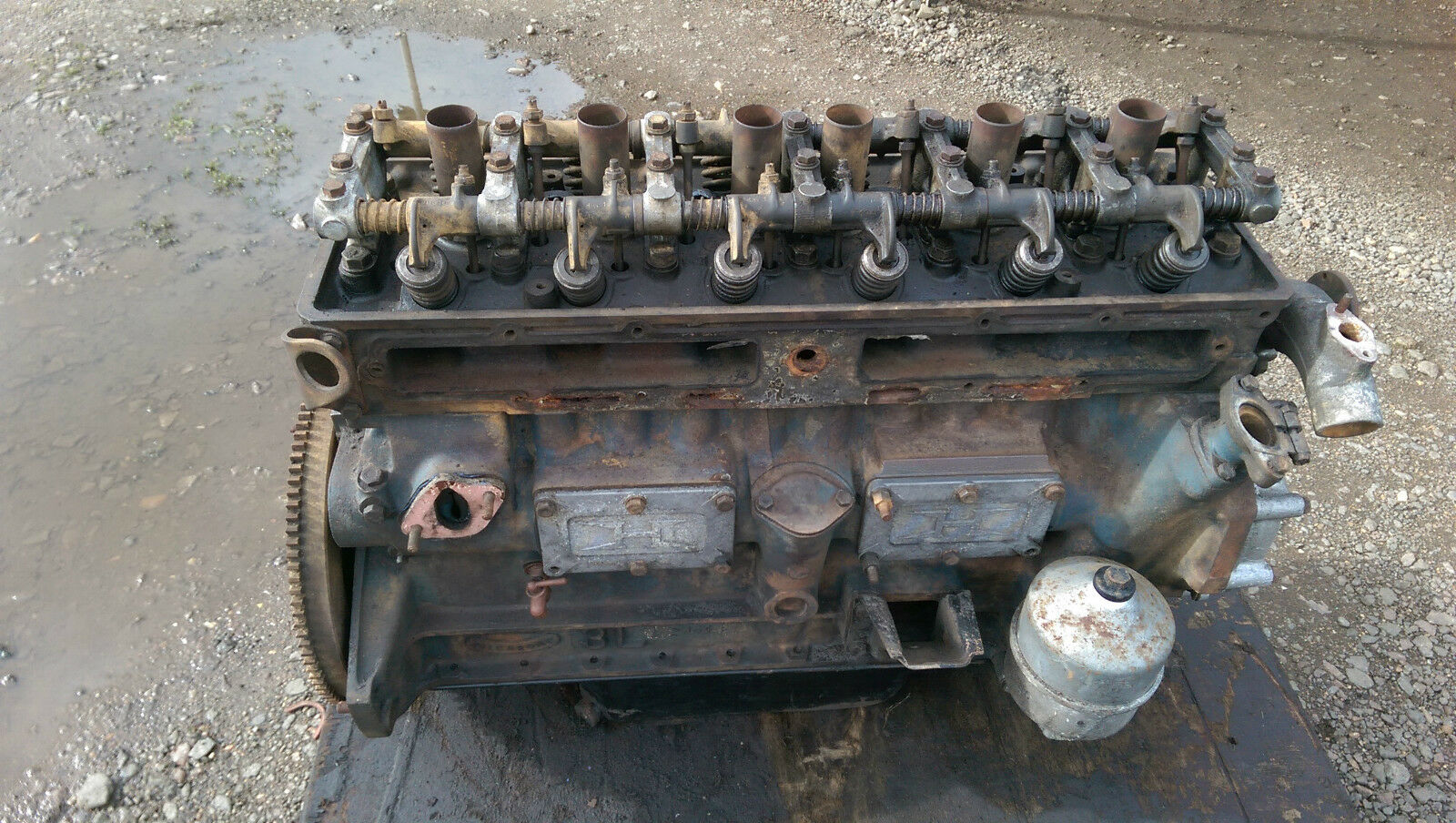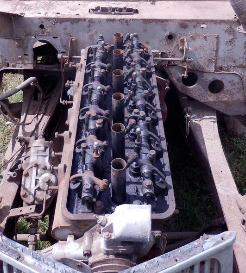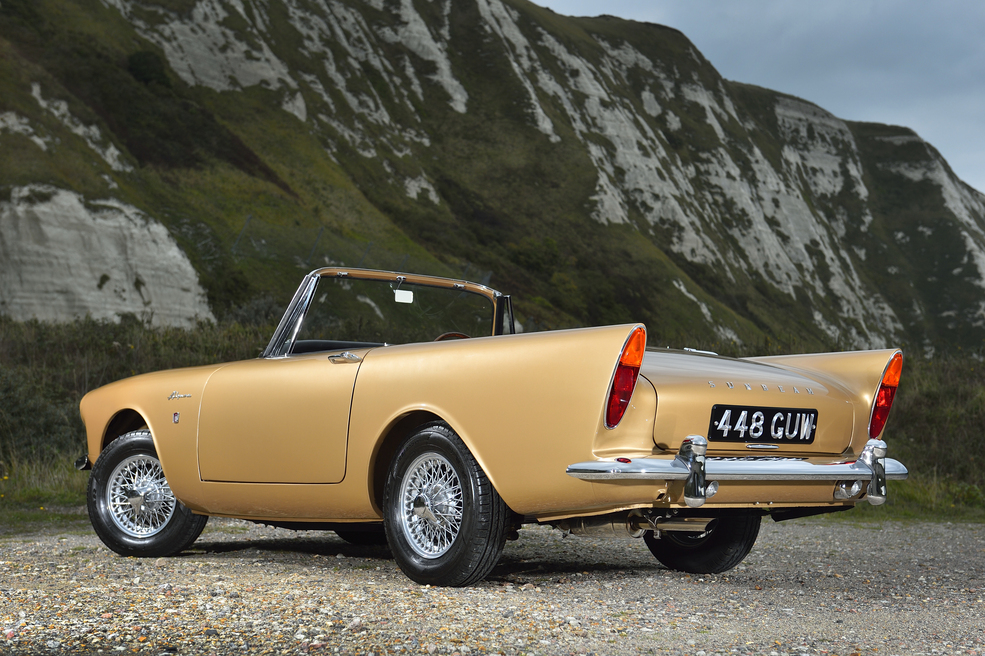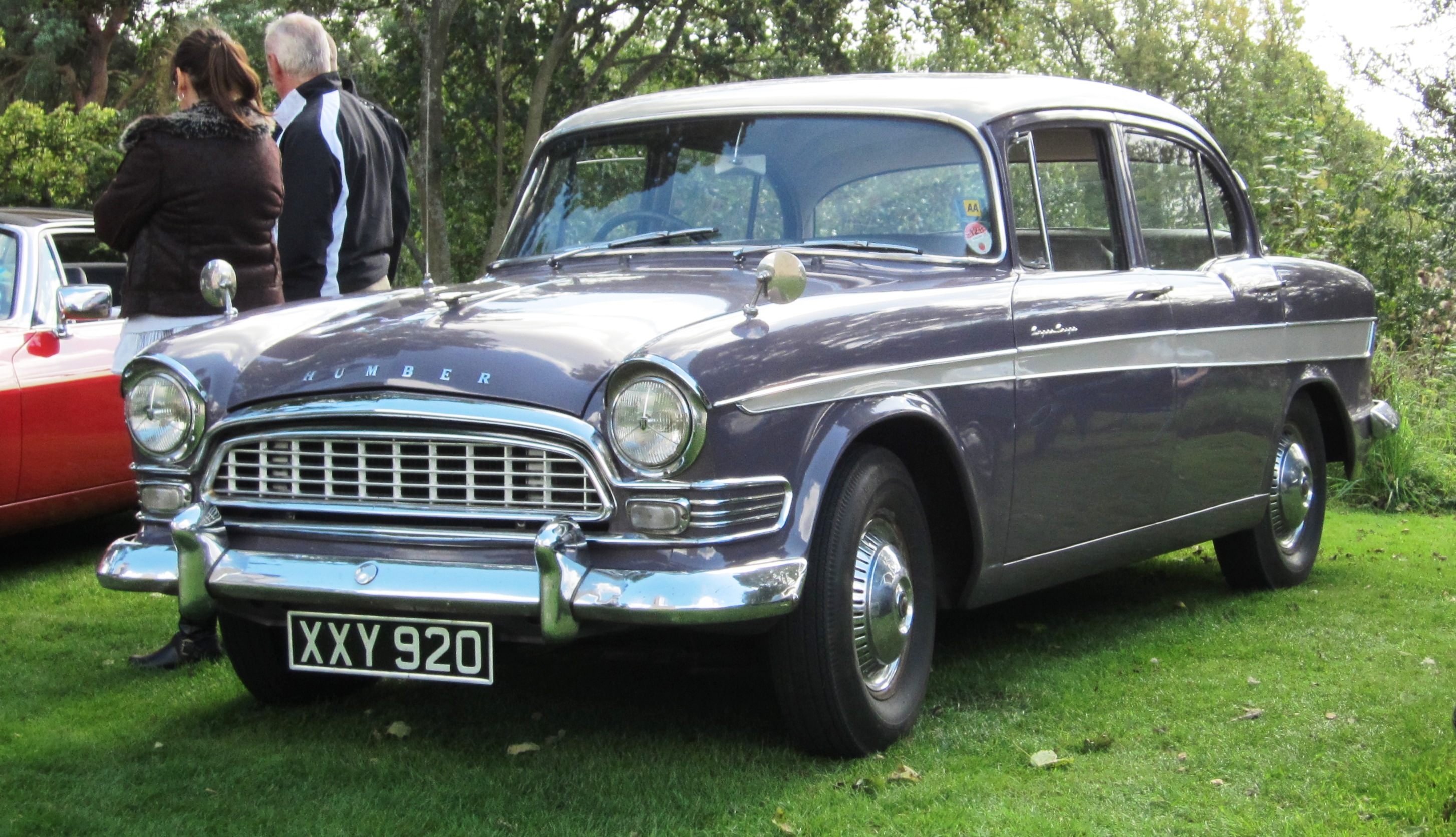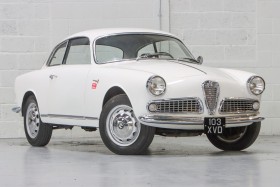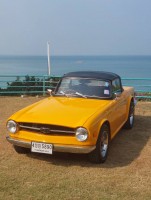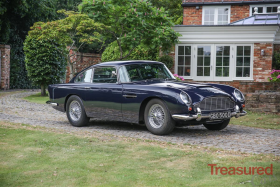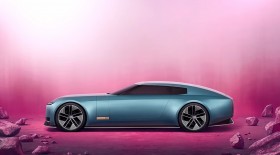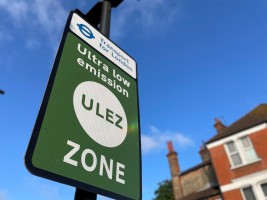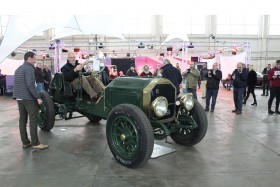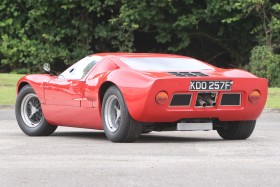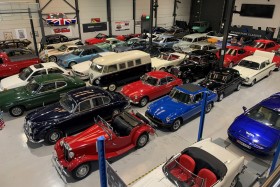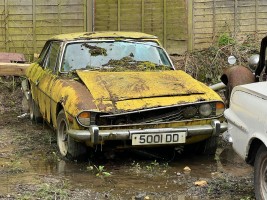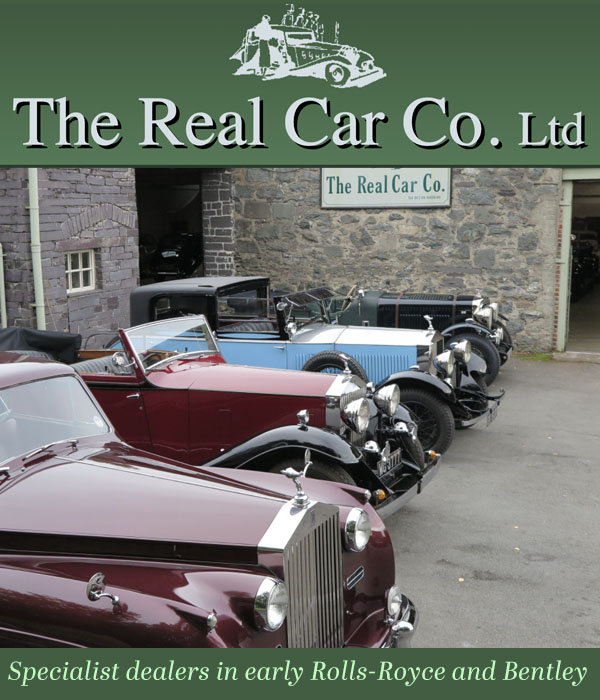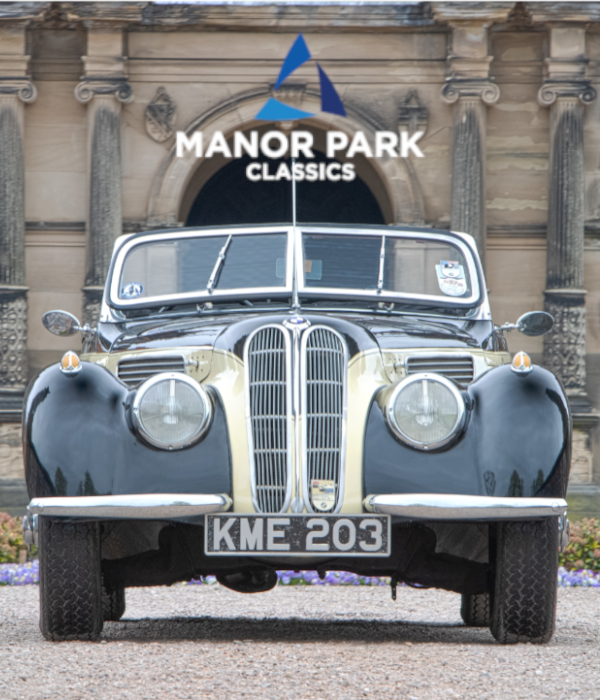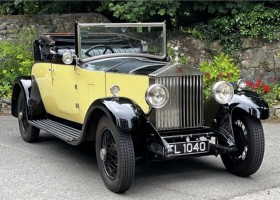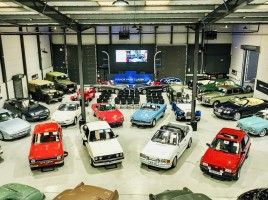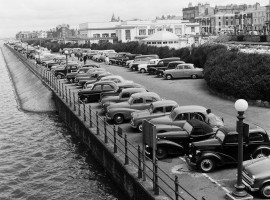Sell - Private sellers, sell your treasured classic car quickly and easily, reach 1,000's of Automobile buyers in your area, or worldwide, its simple to advertise your car and it's FREE! Or if you want more ‘bang’, pay a small fee for a ‘Showroom’ ad with extra benefits. If you are a classic autos Trader or Auctioneer, contact us now, we offer unbeatable low cost deals and easy to manage solutions to manage your listing that help you find new buyers.
Buy - Treasured Cars is the best way to find classic car motors around the world. Horseless Carriage, Veteran, Vintage, Post Vintage, Antique, Brass and Edwardian Era, Prewar Cars, Postwar Cars, 50’s, 60’s, 70’s and 80’s Classics, Modern Classics, Classic Race Cars, Classic Sports Cars, Classic Super Cars, Custom Cars, Hotrod Automobile, Muscle Cars, Tuned Autos, Race Cars, Modified Cars, Barn Finds, Concours Show Cars, American automobiles, European classic cars and Japanese Cars.
Treasured Cars, is a mine of useful automotive information and contacts, on how to buy and sell treasured classic cars, finding classic car and auto parts and auto services, classic car automobile insurance, classic car motor finance and the shipping and transportation of classic cars. Find classic car auctions, classic car dealers and classic car restorers, auto valuations, classic car shows and classic car museums in the USA, UK, Europe and the rest of the classic car world.



